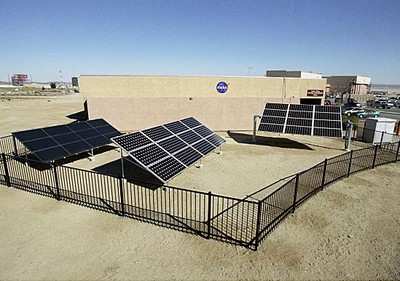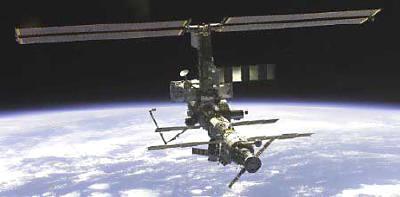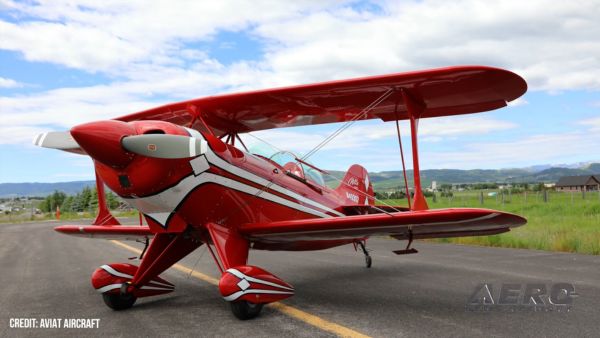The Most Advanced Photo-Voltaic Cells Available On Earth?
A state-of-the-art solar array is providing a unique opportunity
to demonstrate the latest in high-efficiency solar cells available
for terrestrial use at a demonstration site at NASA's Dryden Flight
Research Center at Edwards Air Force Base, CA.
Manufactured by SunPower Corporation of Sunnyvale, CA, the A-300
silicon cells were derived from those developed for the NASA
/AeroVironment Helios and Pathfinder-Plus solar-powered aircraft
under the now-concluded Environmental Research Aircraft and Sensor
Technology (ERAST) program. They are considered to be the most
advanced photo-voltaic cells available for terrestrial
applications.

The experimental site consists of two fixed-angle solar arrays
and one single-axis sun-tracking array. Together they produce up to
five kilowatts of direct current power on a sunny day, which is
equivalent to powering two or three average California homes. The
sun-tracking array tilts to follow the sun using an advanced
"real-time" tracking device rather than normal pre-programmed
mechanism. One of the fixed arrays contains standard less-efficient
cells, and is being used as a baseline comparison for the newer
fixed-cell array. According to SunPower, typical commercial-grade
solar cells are in the range of 12 to15 percent efficient at
converting sunlight to electricity, while the new cells are 20
percent efficient, or up to 50 percent better than the older
technology.
The efficiency improvement is due largely to the routing of cell
electrical connections behind the cells, which was required in the
original design for the solar-powered aircraft to maximize the
limited space available atop the wings.
"It is a grid-connected system, so it is putting power back into
the electrical grid," stated Jon Ferrall, NASA Dryden electrical
engineer, who managed the installation of the solar array
demonstration site. "The system is providing significant power to
the 7,870 square foot Public Affairs and Commercialization building
here at Dryden."
The demonstration is comparing the potential advantage of the
tracking array over the fixed array, verifying the effectiveness of
the dirt-repellant coating over the protective glass housing the
solar cells, and the effect, if any, of dust and dirt on the
arrays. Array efficiency is monitored remotely on a computer.
Should the demonstration be successful, it would be a major step
toward transferring the technology to the commercial market,
allowing for mass production of these high-efficiency solar cells
for a variety of residential, business and governmental
applications.

Charlie Gay, chief array installer of SunPower, said they have
been able to actively predict the output of the system.
"SunPower's ability to predict energy delivery over the span of
the past year is attributed to the modules and system working
well," Gay said.
Jennifer Baer-Riedhart, NASA Dryden's project manager for the
solar demonstration site, estimated that the life expectancy is at
least 25 years.
A second phase of the demonstration will consist of establishing
an Internet web site that will allow the public to view "real-time"
information on the Dryden solar demonstration site, as well as
other solar array sites that are planned for construction in Hawaii
and Arizona.
Long-term plans include construction of a solar "farm" at NASA
Dryden that would power up to one-third of the center's electrical
power needs.
 ANN's Daily Aero-Term (06.02.25): Minimum Friction Level
ANN's Daily Aero-Term (06.02.25): Minimum Friction Level ANN's Daily Aero-Linx (06.02.25)
ANN's Daily Aero-Linx (06.02.25) NTSB Prelim: Champion 7ECA
NTSB Prelim: Champion 7ECA Classic Klyde Morris (From 06.10.22)
Classic Klyde Morris (From 06.10.22) Airborne 05.30.25: Anti-Helicopter Bill, PW Strike Done, All-Electric Bristell
Airborne 05.30.25: Anti-Helicopter Bill, PW Strike Done, All-Electric Bristell




